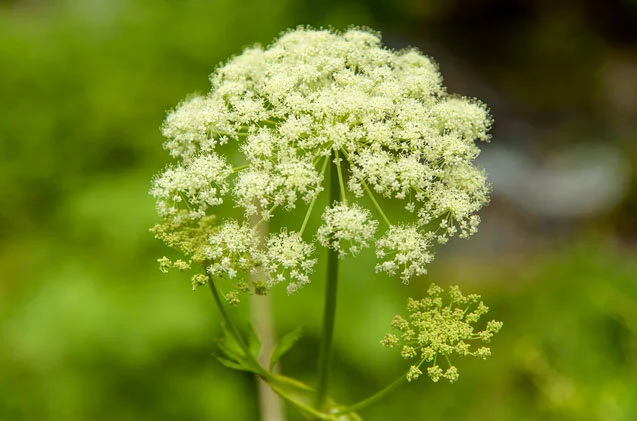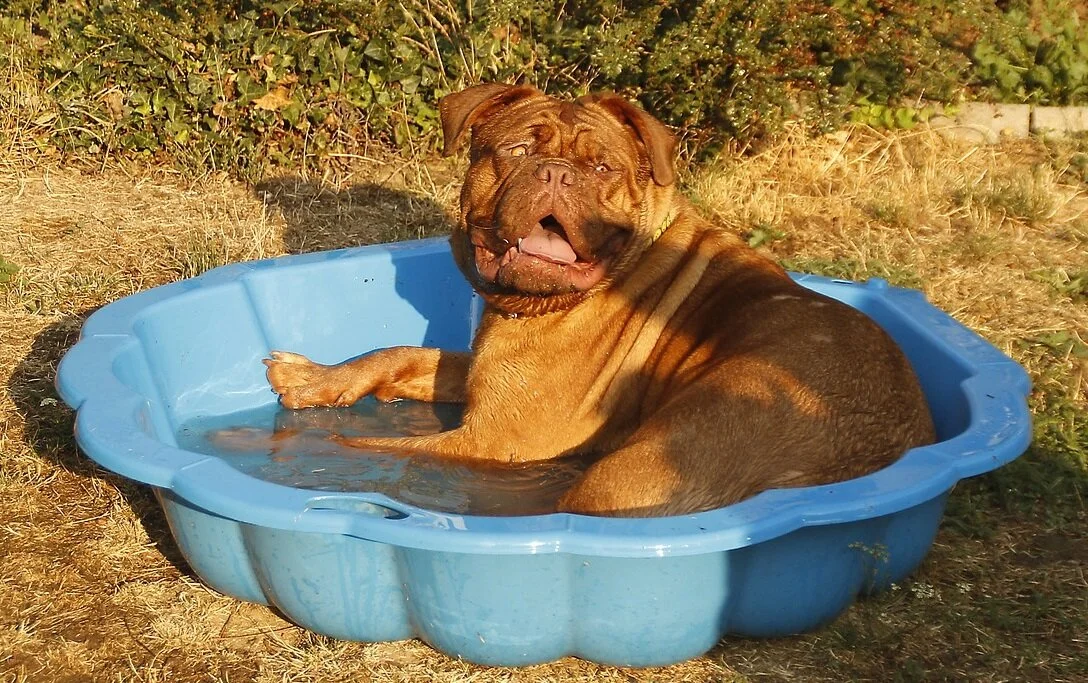The 2 (Often Unknown) Summer Dangers for Your Dog
The Most Toxic Wildflower to Your Dog
It looks soft, delicate and even beautiful. But looks are deceiving because this wildflower is one of the most toxic plants your dog (or even your child) can be exposed to. Within minutes, fast-acting, severe and even deadly consequences can happen even if it’s touched.
The Water Hemlock is typically found in wet areas (including along riverbanks, in marshes, swamps, ponds, damp pastures and meadows) in the Northern Hemisphere (primarily North America), but also in Europe. It flourishes after very wet winters and spring flooding. And with its carrot-like odor, it may attract your dog’s attention.
How to Correctly Identify this Toxic Wildflower
Despite its demure appearance, all parts of the Water Hemlock plant are poisonous. Often mistaken for other edible plants, it’s critical to know exactly what to look for – and avoid – at all costs.
The poisonous Water Hemlock can be mistaken for the edible root plant call Queen Anne’s Lace or wild carrot. (But the stem of the Water Hemlock will be hairless with purple blotches.)
This toxic wildflower can also be mistaken for wild edibles in the parsley and parsnip families, sweet cicely, fennel, wild chervil and caraway, artichokes, celery, sweet potatoes and sweet anise. If you’re not sure, just leave it alone!
Sources:
Not All Dogs Can (or Want) to Swim
In fact, some breeds are not physically built to swim, including the:
Bull Terrier
Chow Chow
Corgi
Dachshund
English Bulldog
French Bulldog
Pekingese
Pug
Shih-Tzu
So, before you head out to the beach or even allow your dog around the pool, make sure:
Your dog likes the water; and
They can swim to safety on their own (in case they jump or fall into the deep end).
It’s important to realize not all dogs can naturally swim. So, if your dog cannot swim:
Find a qualified dog trainer to teach him.
Always protect him with a properly-fitted K9 life-vest; or
Keep him confined to the kiddie pool.




